Increased Focus on Aesthetic Appeal
The Kitchen Lighting Market is increasingly influenced by the desire for aesthetic appeal in kitchen design. Homeowners are seeking lighting solutions that not only illuminate but also enhance the overall ambiance of their kitchens. This trend is reflected in the growing popularity of decorative fixtures, such as pendant lights and chandeliers, which serve as focal points in kitchen spaces. Market analysis indicates that the decorative lighting segment is expanding, driven by consumer interest in personalized and stylish kitchen environments. As a result, manufacturers are investing in diverse designs and finishes to cater to varying tastes. This emphasis on aesthetics is likely to propel the Kitchen Lighting Market forward, as consumers prioritize both functionality and visual appeal in their lighting choices.
Influence of Interior Design Trends
The Kitchen Lighting Market is significantly impacted by prevailing interior design trends. As design aesthetics evolve, so do the preferences for lighting solutions that complement these styles. Current trends emphasize minimalism, industrial designs, and the use of natural materials, which influence the types of lighting fixtures that consumers seek. Market data suggests that lighting products that align with these design trends are more likely to gain traction among consumers. Additionally, the rise of open-concept living spaces has led to a demand for versatile lighting solutions that can adapt to various kitchen layouts. As interior design continues to evolve, the Kitchen Lighting Market will need to respond to these changes by offering products that reflect contemporary tastes and preferences.
Rising Demand for Energy Efficiency
The Kitchen Lighting Market is experiencing a notable shift towards energy-efficient lighting solutions. As consumers become increasingly aware of environmental issues, the demand for LED and other energy-saving technologies is on the rise. According to recent data, energy-efficient lighting can reduce energy consumption by up to 75% compared to traditional incandescent bulbs. This trend is not only driven by consumer preferences but also by government regulations promoting energy efficiency. As a result, manufacturers are focusing on developing innovative products that meet these standards, thereby enhancing their market presence. The Kitchen Lighting Market is likely to see a surge in products that combine aesthetics with energy efficiency, appealing to eco-conscious consumers who seek to reduce their carbon footprint while enjoying stylish kitchen environments.
Technological Advancements in Lighting
Technological advancements are significantly shaping the Kitchen Lighting Market. Innovations such as smart lighting systems, which allow users to control lighting through mobile applications or voice commands, are gaining traction. The integration of IoT technology into kitchen lighting solutions is expected to enhance user experience and convenience. Market data suggests that the smart lighting segment is projected to grow at a compound annual growth rate of over 20% in the coming years. This growth indicates a shift in consumer preferences towards more interactive and customizable lighting solutions. As technology continues to evolve, the Kitchen Lighting Market is likely to witness the introduction of more sophisticated products that cater to the needs of modern consumers, blending functionality with cutting-edge design.
Growing Renovation and Remodeling Activities
The Kitchen Lighting Market is benefiting from a surge in renovation and remodeling activities. As homeowners invest in upgrading their kitchens, the demand for modern lighting solutions is increasing. Recent statistics indicate that kitchen renovations account for a significant portion of home improvement expenditures, with lighting being a critical component of these projects. This trend is particularly pronounced among millennials and Gen Z homeowners, who prioritize contemporary designs and energy-efficient solutions. As these demographics continue to enter the housing market, the Kitchen Lighting Market is likely to experience sustained growth. The focus on creating functional and aesthetically pleasing kitchen spaces will drive demand for innovative lighting products that meet the evolving needs of consumers.

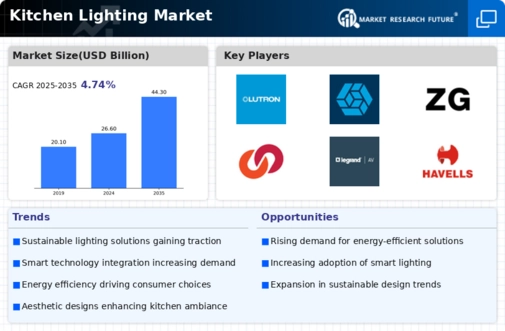
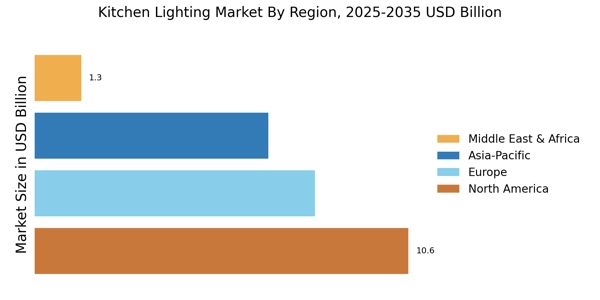
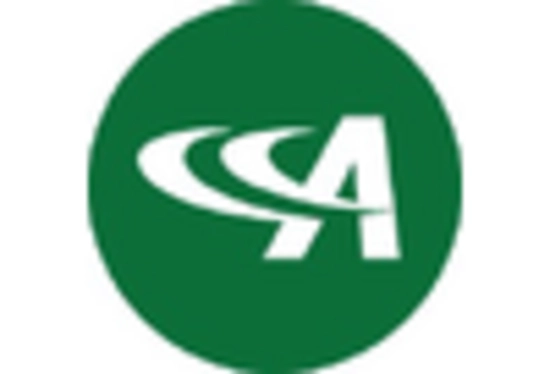

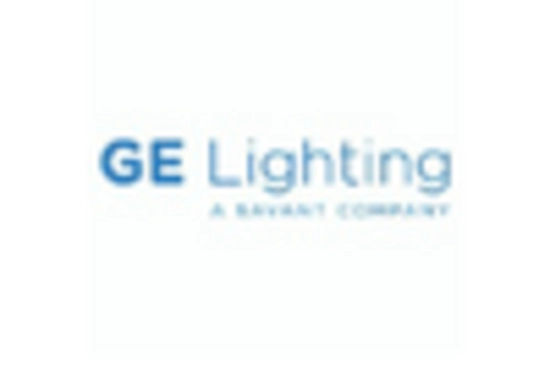

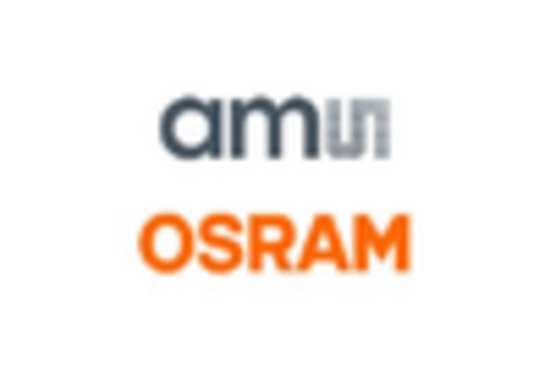









Leave a Comment